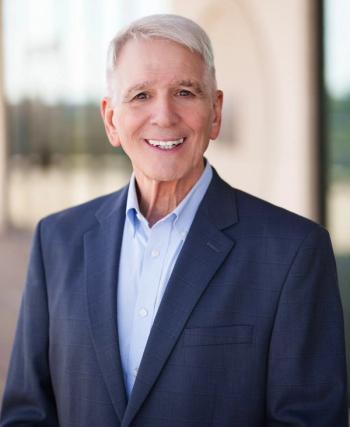
Telemedicine comes of age
When NASA astronauts first ventured into space and their vital signs were monitored by Earth-bound doctors using video conferencing equipment, the term "telemedicine" was born.
When NASA astronauts first ventured into space and their vital signs were monitored by Earth-bound doctors using video conferencing equipment, the term "telemedicine" was born.
However, telemedicine-or telehealth-is beginning to gain overdue respect by the medical community. Healthcare executives, doctors, clinic operators, medical schools and even Corporate America now are closely watching this technology as a feasible way to cut the costs of today's healthcare while treating more patients in the most remote areas.
According to statistics from the American Telemedicine Assn. in Washington, D.C., there are nearly 200 healthcare systems with telehealth networks installed, and countless more are trying them out or using them on a limited basis.
Such positive data, along with increased awareness among payers and providers alike about the benefits of telehealth applications, are likely to improve the acceptance and reimbursement for telemedicine, say industry followers.
One person who doesn't need convincing is Dr. Daniel Sterman, whose offices are five blocks away from his patients in the intensive care unit of the University of Pennsylvania Hospital. As part of his rounds, he sits at the controls of the "eICU," a remote monitoring system that allows him to simultaneously track dozens of patients with computers, cameras and audio hookups in four ICUs at the hospital's two facilities.
Aided by real-time data obtained at bedside from a variety of medical monitoring devices, Dr. Sherman can detect worrisome signs, check electronic medical records, consult with nurses and residents in the wards and occasionally zoom in on a patient.
Another convert is Dr. Christopher N. Otis, director of surgical pathology for the Baystate Medical Center in Massachusetts. He uses a teleconsultation application to save time and allow greater input by his staff of pathologists who, by simultaneously viewing a large plasma screen, can examine cell and tissue sections residing on remote microscopes and offer opinions to colleagues miles away.
Otis also can use his office or home PC to look at slides sent by remote colleagues or the health center's 24 operating rooms.
But the biggest boost to telehealth medicine is coming from rural America. Thanks to advances in telecommunications and video conferencing technologies, healthcare professionals are now able to perform patient exams, exchange critical data, conduct distance learning and utilize networks of physicians, nurses and medical specialists without spending extensive time and money on transportation.
Kurt Grossman, founder and CEO of Doctors Telehealth Network in Newport Beach, Calif., says telemedicine is "filling a widening gap in the healthcare system by bringing doctors, nurses and other medical providers closer to the patients, no matter how far they are apart. It provides a higher level of care to those who might otherwise not receive doctor visits or exams at a remote facility."
He added that telemedicine's primary goals are "to eliminate the need to transport patients for medical exams and procedures and to reduce the costs arising from transportation." His company installs the equipment, trains the doctors and staff at participating health facilities and offers full-time technical support.
Evidence of the growing need for telehealth medicine can be found in the rural outposts of Canada where specialists are far and few between. "If telemedicine were available near my home 125 miles north of Toronto, I would not have had to suffer six weeks of pain," says Donald Mitchell, regarding his knee operation. "There's only one doctor in the area who does that kind of surgery, but he's not a specialist. I don't care where my doctors are. I just need them to care about me."
Making doctors aware of the benefits of telemedicine and relieving their anxieties about the relatively new technology remain the two primary hurdles to faster acceptance. Once that occurs, says Dr. Edward Lemaire, president of the non-profit Telehealth Association of Ontario, more and more doctors will be willing to treat remote patients.
"Right now," he says, "specialized doctors may practice in rural areas for a short time, but they rarely stay. They feel cut off from colleagues, research and professional advancement. Telehealth can change all that."
Newsletter
Get the latest industry news, event updates, and more from Managed healthcare Executive.






















































